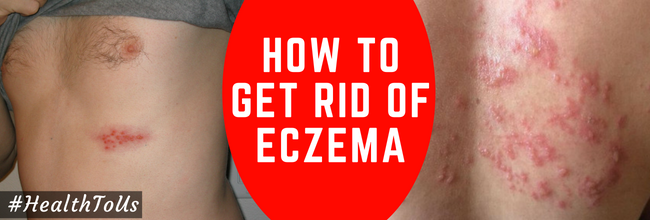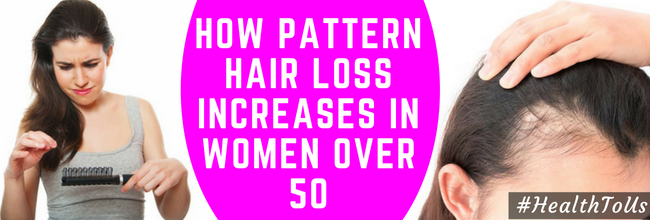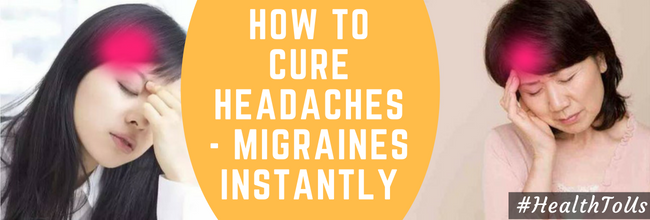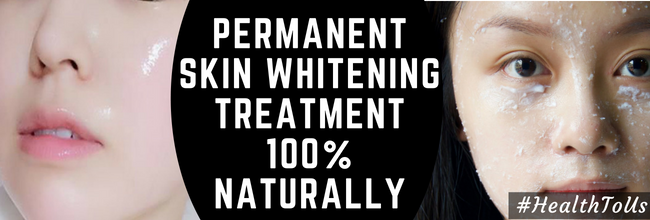Noticeable hair loss can be deeply distressing. Here are some medical treatments that may help.
female hair lossAbout one-third of women experience hair loss (alopecia) at some time in their lives; among postmenopausal women, as many as two-thirds suffer hair thinning or bald spots. Hair loss often has a greater impact on women than on men, because it's less socially acceptable for them. Alopecia can severely affect a woman's emotional well-being and quality of life.
The main type of hair loss in both sexes — and the subject of this article — is androgenetic alopecia, or female (or male) pattern hair loss. In men, hair loss usually begins above the temples, and the receding hairline eventually forms a characteristic "M" shape; hair at the top of the head also thins, often progressing to baldness. In women, androgenetic alopecia begins with gradual thinning at the part line, followed by increasing diffuse hair loss radiating from the top of the head. A woman's hairline rarely recedes, and women rarely become bald.
There are many potential causes of hair loss, including medical conditions, medications, and physical or emotional stress. If you notice unusual hair loss of any kind, it's important to see your primary care provider or a dermatologist, to determine the cause and appropriate treatment. You may also want to ask your clinician for a referral to a therapist or support group to address emotional difficulties. Hair loss can be frustrating, but recent years have seen an increase in resources for coping with the problem.
Patterns of female hair loss
Clinicians use the Ludwig Classification to describe female pattern hair loss. Type I is minimal thinning that can be camouflaged with hair styling techniques. Type II is characterized by decreased volume and noticeable widening of the mid-line part. Type III describes diffuse thinning, with a see-through appearance on the top of the scalp.
What is androgenetic alopecia?
nd it's higher for women with a history of hair loss on either side of the family.
Almost every woman eventually develops some degree of female pattern hair loss. It can start any time after the onset of puberty, but women tend to first notice it around menopause, when hair loss typically increases. The risk rises with age,

















